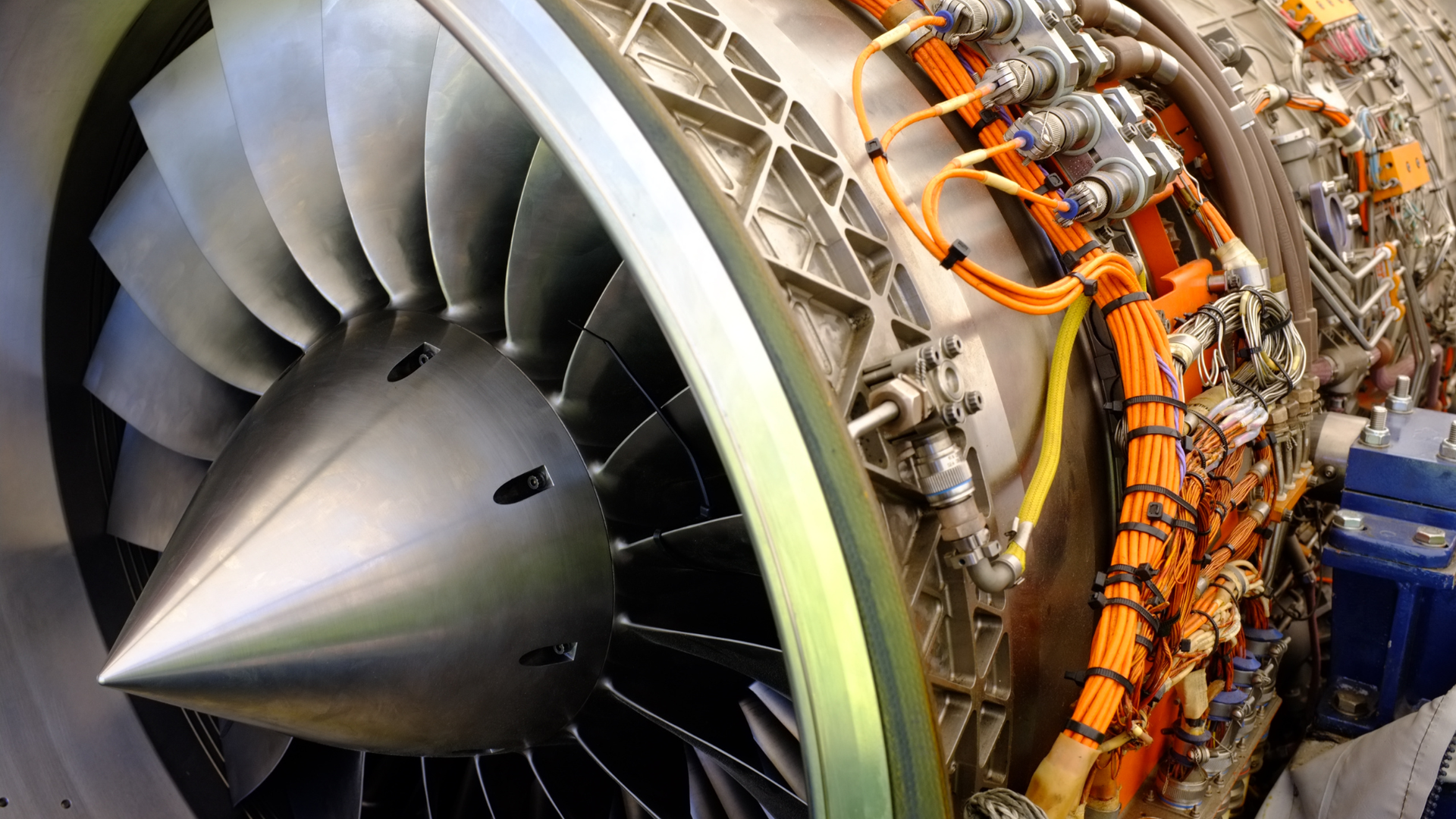

Titanium plays an essential role in the aviation industry due to its high strength-to-weight ratio, corrosion resistance, and ability to withstand extreme temperatures. This makes it one of the most valuable materials found in aircraft engines. For companies looking to profit from decommissioned, end-of-life, or surplus engines, selling titanium-rich aircraft engine parts is a smart and lucrative option. Not only does titanium retain its value over time, but it is also in high demand in sectors such as aerospace, energy, and manufacturing.
Aircraft engines, particularly jet engines, contain a substantial amount of titanium. This metal is commonly used in critical engine components such as fan blades, compressors, and rotors, where high-performance materials are required. Titanium’s exceptional properties—lightweight, corrosion resistance, and durability—make it indispensable in aviation. When selling used aircraft engine parts, focusing on those made from titanium can significantly increase your returns.
The key benefits of selling titanium-rich engine parts include:
Titanium is widely used not only in aviation but also in industries such as medical equipment and automotive, driving consistent demand.
Titanium commands a higher price in the scrap metal market compared to other common metals like steel or aluminum.
Titanium retains its valuable properties even after being recycled, making it a sought-after material for both refurbishing and raw material supply.
Aircraft part with key titanium components include but are not limited to:
These are primarily made from titanium alloys to provide the strength needed for high-speed performance in jet engines.
The high-temperature resistance of titanium makes it ideal for use in the compressor section of the engine.
Parts of the engine’s external casing are often made from titanium to reduce weight while maintaining structural integrity.
These high-stress components often feature titanium to balance durability with lightweight design.
By focusing on selling these titanium-rich components, companies in the aviation, energy, and gas industries can capitalize on one of the most valuable materials in their decommissioned fleets.
When selling used aircraft engine parts, the extraction of titanium is one of the most profitable steps. Titanium’s high scrap value, coupled with its many critical uses in various equipment, makes it a valuable asset. Here’s how businesses can ensure they maximize the titanium content when recycling aviation engines:
Work with aviation specialists or recyclers who can accurately identify the titanium-rich parts in your engine. This is important, as different engine models may vary in the amount of titanium they contain.
Partner with experienced recyclers who understand the value of titanium and have the proper equipment to extract and recycle it efficiently.
Larger engines or commercial jet engines often contain a higher volume of titanium, providing a significant boost in returns compared to smaller engines.
The aviation industry generates a substantial amount of titanium (Ti) scrap, largely due to the widespread use of Ti alloys such as Ti-6Al-4V (ASTM Grade 5) in aircraft structures. These alloys are favored for their high strength, corrosion resistance, and compatibility with carbon fiber-reinforced plastics (CFRP), which are used extensively in modern aircraft like the Boeing 787.
For instance, the Boeing 787 incorporates around 12 tons of Ti alloy parts, especially in critical areas like the main wing attachment. However, during the production process, approximately 80-90% of the raw Ti alloy ingot turns into scrap, predominantly in the form of cutting chips or turnings. As a result, each Boeing 787 generates around 100 tons of Ti scrap, underscoring the significant potential for recycling in the aerospace industry.
Titanium, being a durable and long-lasting material, retains much of its value even after years of use, allowing companies to recover significant returns.
Jet engines offer an ideal opportunity for businesses to recover and profit from titanium. Parts such as turbine blades, fan blades, and engine casings are typically composed of titanium alloys, making them prime candidates for resale or recycling.
The sheer amount of titanium in jet engines makes them one of the most valuable sources of scrap material. This is particularly true for large commercial or military jets, where the concentration of titanium is higher due to the engines’ size and the demand for lightweight, durable materials.
At Quest Metal, we specialize in procuring titanium-rich aircraft engine parts from aviation, energy, and gas companies. Whether you are decommissioning jet engines, upgrading aircraft, or managing surplus inventory, we offer competitive prices for your recyclable titanium components. Our team ensures that your titanium parts are properly evaluated and recycled, allowing you to maximize your profits from these high-value materials. Contact Quest Metal today to sell your aviation engine parts and make the most of your titanium-rich assets.